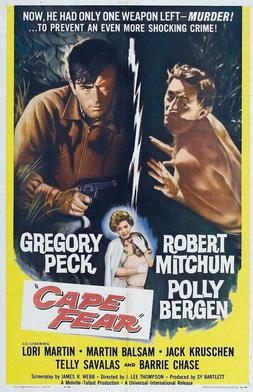 |
| Ava Gardner and Gregory Peck in The Snows of Kilimanjaro |
Cast: Gregory Peck, Susan Hayward, Ava Gardner, Hildegard Knef, Leo G. Carroll, Torin Thatcher, Ava Norring, Helene Stanley, Marcel Dalio, Vicente Gómez, Richard Allan. Screenplay: Casey Robinson, based on a story by Ernest Hemingway. Cinematography: Leon Shamroy. John DeCuir, Lyle R. Wheeler. Film editing: Barbara McLean. Music: Bernard Herrmann.
The film version of The Snows of Kilimanjaro is handsome and dull, just like its protagonist, Harry Street, who lies waiting for death on the plains below the mountain as his life flashes past his eyes. Harry is a writer who has spent his life doing all the things he thinks a writer should, which amounts to a men's magazine version of masculinity: hunting big game, going to bullfights and to war, and sleeping with beautiful women. The actor who plays Harry, Gregory Peck, is handsome, too. And if he's also a little dull it's because Peck is miscast: The part needs an actor with a lived-in face, someone like Humphrey Bogart, who was considered for the role. At 36, Peck was about ten years too young for the role. (The 52-year-old Bogart might have been a shade too old.) Still, Peck does what he can, and it's credible that women like Ava Gardner, Susan Hayward, and Hildegard Knef would have fallen hard for him. But the screenplay by Casey Robinson is a rambling muddle that turns Hemingway's spare prose into melodrama, partly by crafting Gardner's role out of nothing -- or borrowing hints of it from other Hemingway works like The Sun Also Rises and A Farewell to Arms. Henry King, one of those studio directors who were handed big projects because they wouldn't mess them up, brings no particular vision or style to the film. The handsomeness of the movie is mostly in its casting, and in the Oscar-nominated cinematography of Leon Shamroy. Bernard Herrmann's score helps, too.





